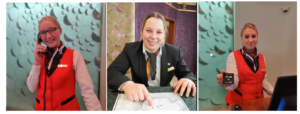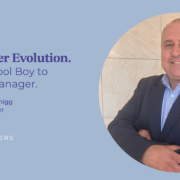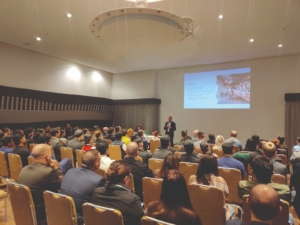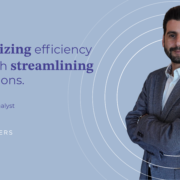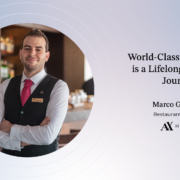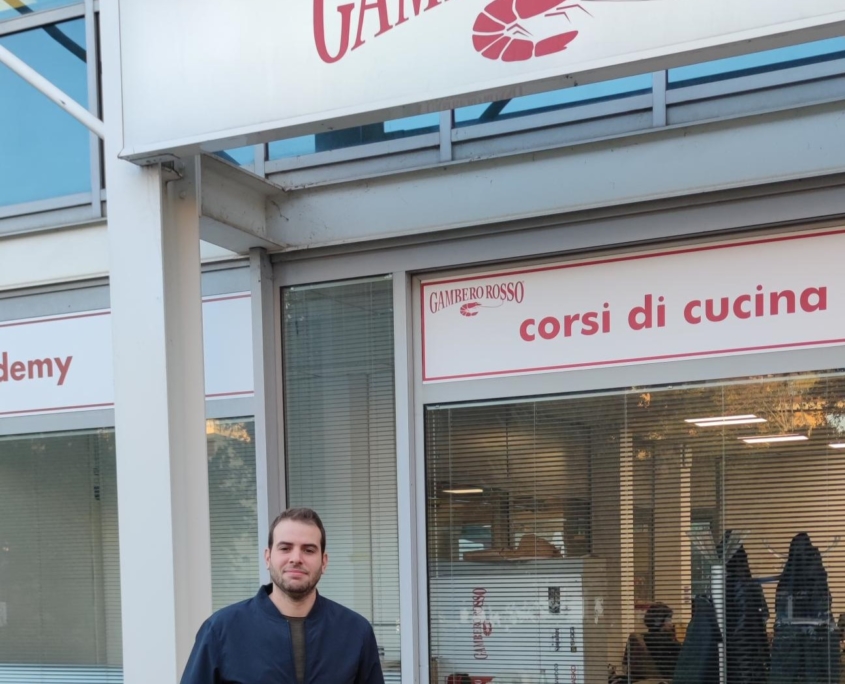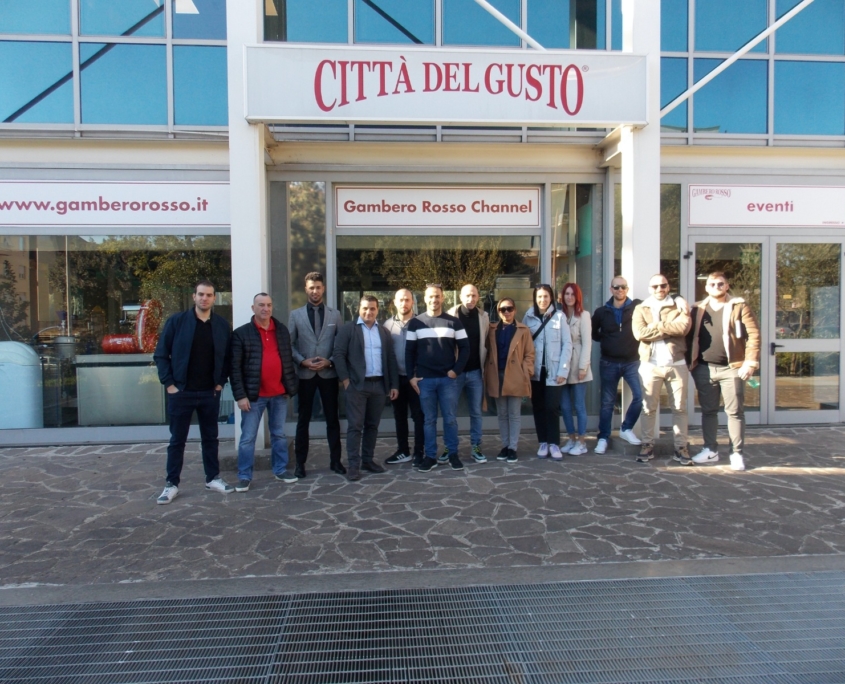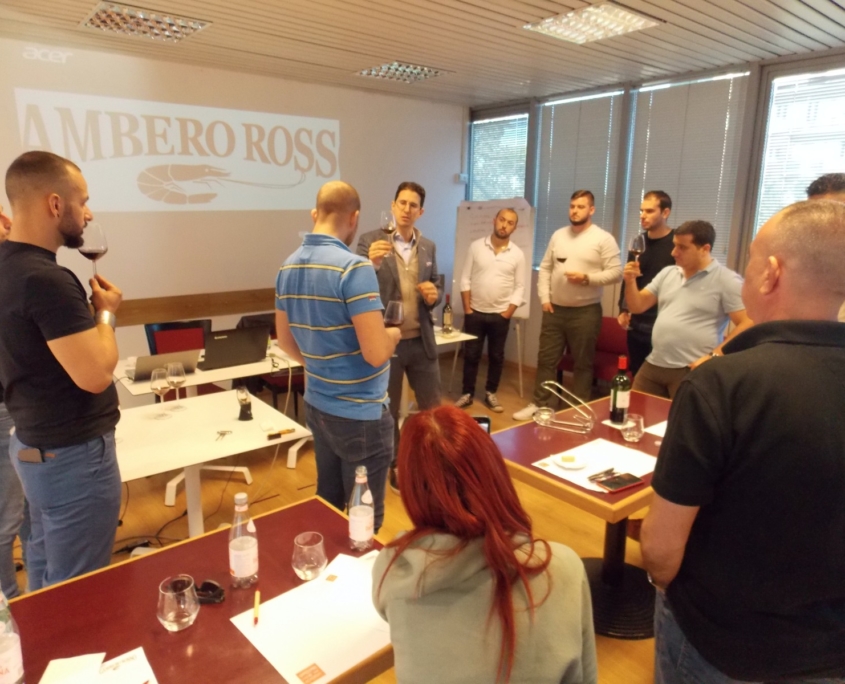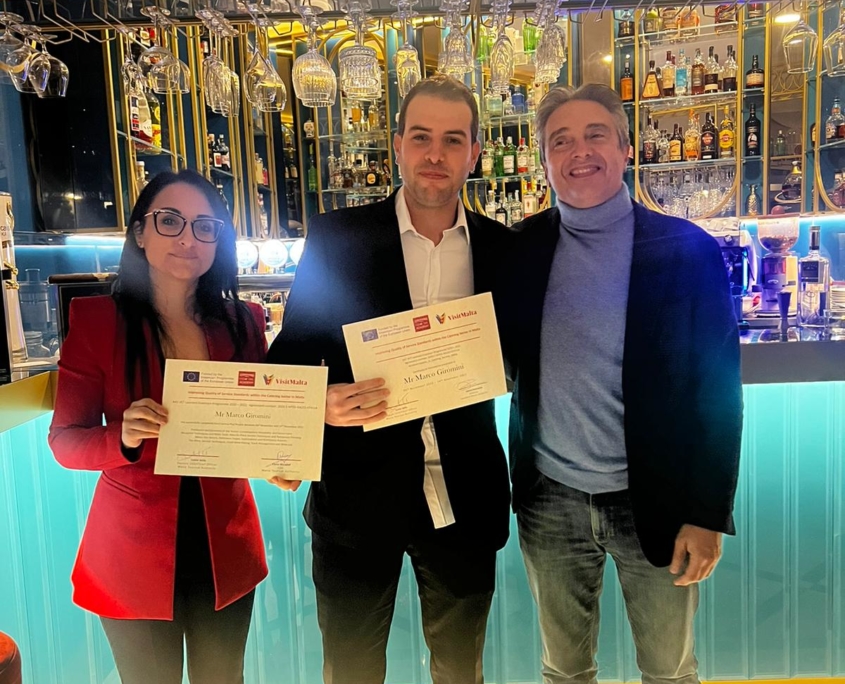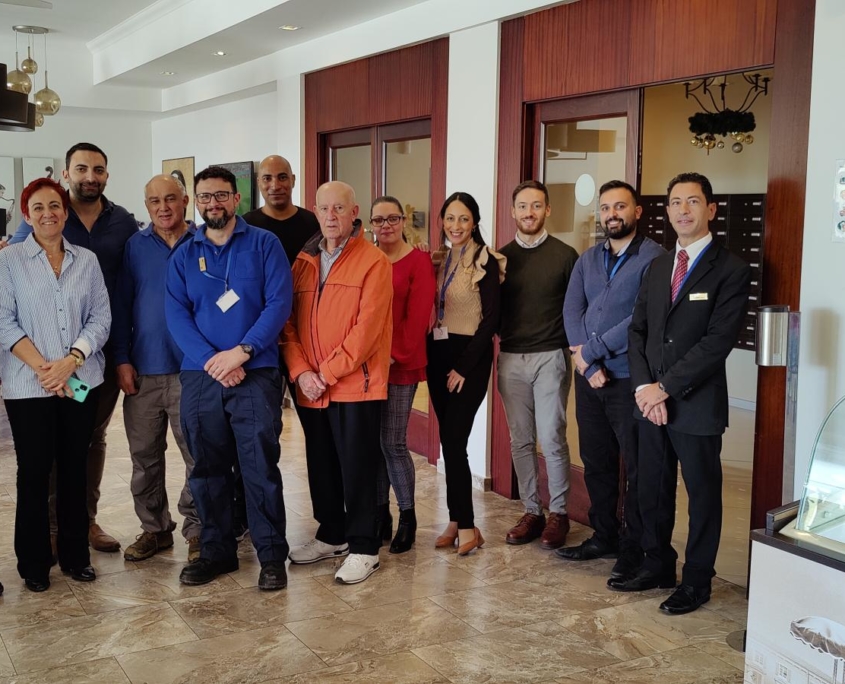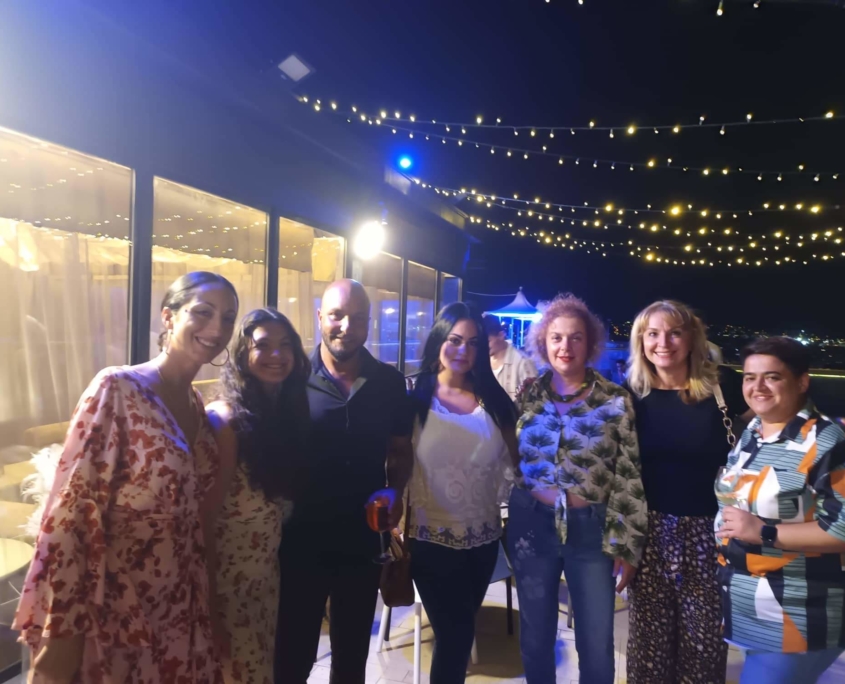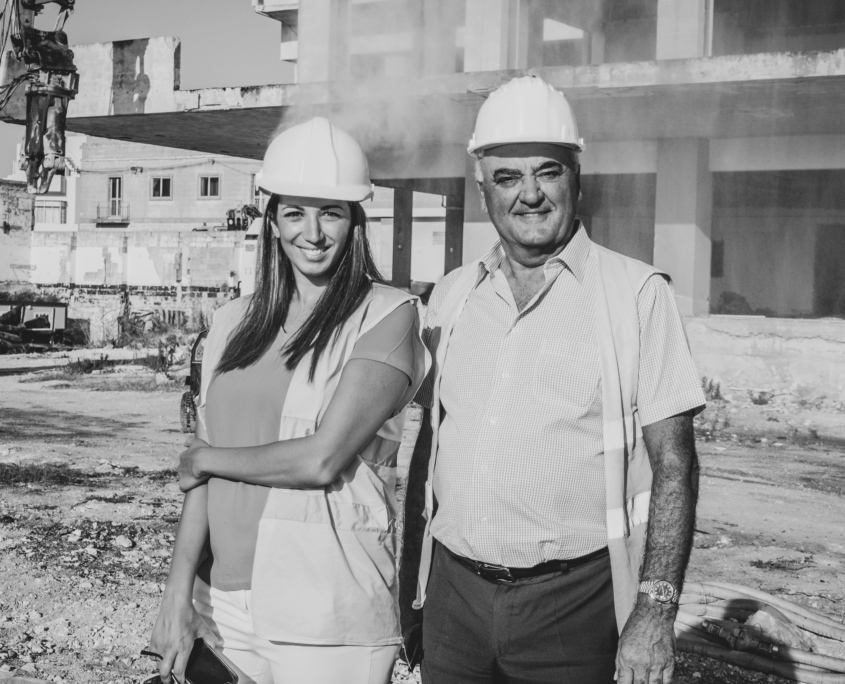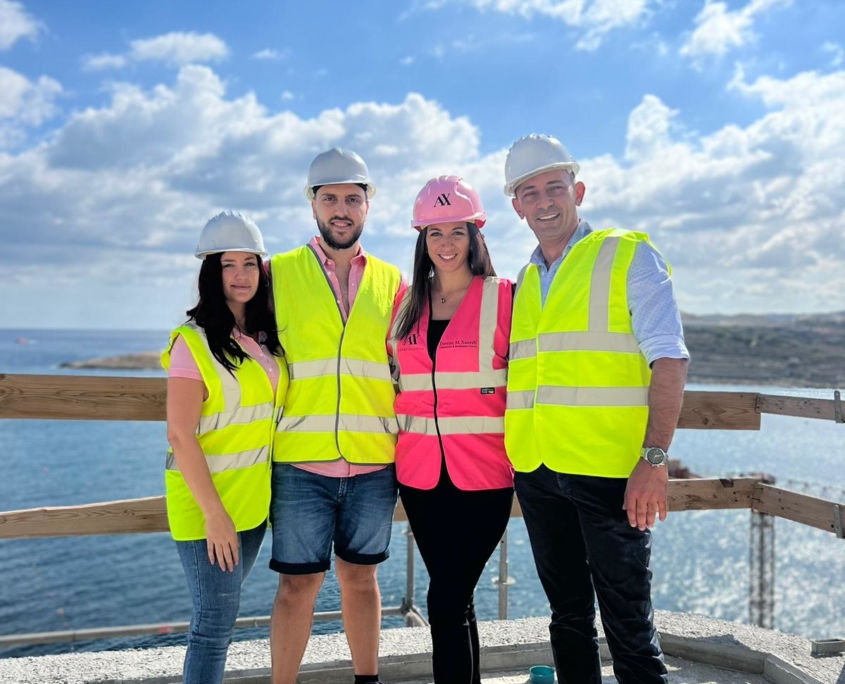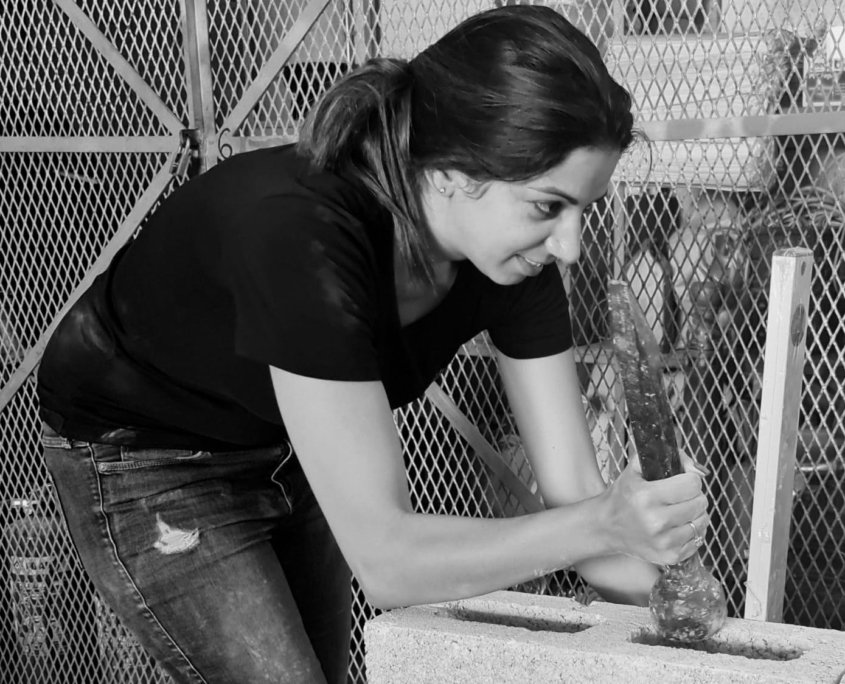As Andreas Dullnigg approaches his tenth year at AX Hotels, we had the pleasure of sitting down with him to explore his remarkable career journey, his deep-rooted passion for hospitality, and his unwavering commitment to providing unforgettable guest experiences. Here he delves into his insights, inspirations, and the lessons he has learned along the way, from his early days in the industry to his current role as Hotel Manager at AX Hotels Qawra.
How long have you been working at AX Hotels, and could you share your career progression within the company?
I started my journey with AX Hotels nine years ago as an Operations Manager, where I had the opportunity to oversee day-to-day operations and be responsible for everything from food and beverage operations and store management to security, health and safety, and purchasing. In addition to my primary roles, I also led the Hotel Animation team to help foster an enjoyable atmosphere around our hotels and ensure our guests always had a wonderful time with us.
A few years later, I was appointed Assistant General Manager, which enabled me to broaden my scope of responsibilities and gain valuable insights into overall hotel management. And now, I am proud to hold the role of Hotel Manager at AX Hotels Qawra. I am truly grateful for the rewarding career I have enjoyed so far with AX Hotels and eagerly anticipate the exciting challenges and opportunities that lie ahead.
Could you share your academic background?
I completed a comprehensive five-year academic course at ITS, together with a two-year certificate programme in Front Office and Housekeeping, followed by three years of specialised study in Hotel Supervisory Management. As I have always wanted to progress further in my hospitality career, I also decided to embark on a Masters in Hospitality Management, which I am looking forward to completing this year. I believe that my studies and training, combined with my first-hand experience on the job, have equipped me with a solid foundation and a diverse skill set, enabling me to approach my role with a well-rounded perspective.
Could you share a favourite initiative that you have been involved in at AX Hotels?
One project that stands out as a major highlight for me is the opening journey of the AX ODYCY hotel in Qawra. It has been an incredible experience being part of a multi-talented team that brought this fantastic hotel to life. The process has been quite a unique challenge, requiring us to go above and beyond and embrace new learning curves, but collaborating with such a diverse group of professionals has been incredibly rewarding. It really leads you to appreciate the significant investment that AX Hotels is making in transforming Qawra into such a stellar, year-round hospitality destination.
What are your core responsibilities in your role?
Recently, my main focus has been on strategically planning for the highly anticipated opening of the ODYCY. I’ve been fortunate to have a fantastic operations team supporting me all the way. This project is a major milestone for AX Hotels. Not only have we extended the original hotel, but we’ve completely transformed our hospitality offering and brand, adding new restaurants, bars, and upgrading our facilities. We are offering our guests something truly unique and unforgettable in Malta. So, as you can imagine, this has meant that we’ve all needed to pull together and work tirelessly to ensure every aspect of the hotel is perfect.
Do you have a favourite quote that inspires you?
One quote that has always stuck with me is from Maya Angelou: “People will forget what you said, forget what you did, but people will never forget how you made them feel.” I find this quote particularly relevant in the hospitality industry, because as a hotel, we’re not just providing people with a place to sleep and eat, but creating an experience where families, friends, and couples can come together to create treasured moments. This quote reminds me that when we make our guests feel truly valued, appreciated, and cared for, it leaves a lasting impression that they will carry with them long after their stay.
What are your interests and hobbies outside of work?
I enjoy travelling, immersing myself in different cultures, supporting my favourite football team, and taking drives in my VW Beetle.
Can you share an interesting fact about yourself?
One interesting fact about me is that my journey in the hospitality industry began at the young age of 15, working as a pool boy in a local 5-star hotel. You can say that the hospitality bug caught me young, and I’ve been hooked ever since.
What do you enjoy the most about your job?
What I find most fulfilling in my role is the opportunity to make a real difference in guest satisfaction. Nothing motivates me more than ensuring our guests have an exceptional experience with us. Additionally, I take great pride in mentoring our young employees and witnessing their growth and advancement. AX Hotels has always been deeply committed to investing in and supporting our employees, and being able to contribute to their success and witness colleagues flourishing in their careers is truly rewarding.
Have you encountered any challenging situations in your role that have taught you valuable lessons?
As with any team and work situation, I’ve witnessed disputes between departments caused by misunderstandings or communication gaps. It taught me the importance of never taking communication for granted, actively listening to colleagues, considering everyone’s opinions and insights, and maintaining an open and ongoing dialogue within the team to ensure we’re all working collaboratively and pulling in the same direction.
What is your motto for delivering the best guest experience?
Every interaction with a guest matters, so make each one count.
What advice would you give to young individuals aspiring for a career in hospitality?
My biggest piece of advice to aspiring hospitality professionals is to recognise that this industry is not just a job, but a vocation that demands a genuine passion for creating exceptional guest experiences. Whether it’s a hotel stay or a dining experience, these moments hold immense significance for people. They eagerly look forward and save up for these cherished moments with loved ones, and it is ultimately our duty, as hospitality professionals, to deliver experiences that become treasured memories in their lives. So, if you’re serious about embarking on this journey, remember that it’s an opportunity to make a positive impact on people’s lives. As such, it requires passion, determination, and a willingness to go above and beyond the job description to exceed guest expectations.
